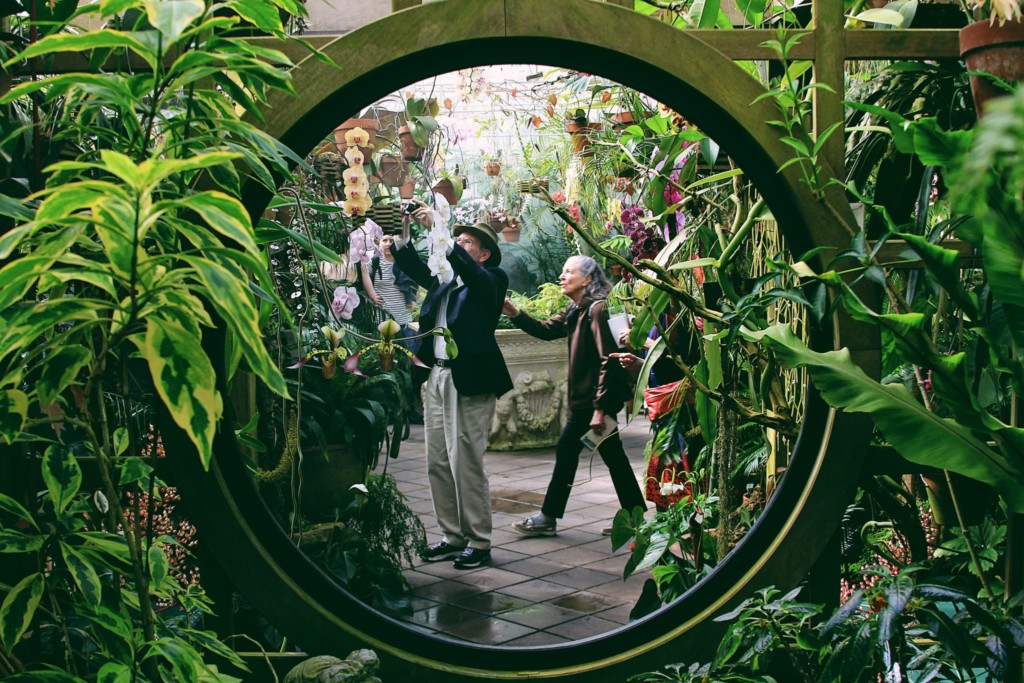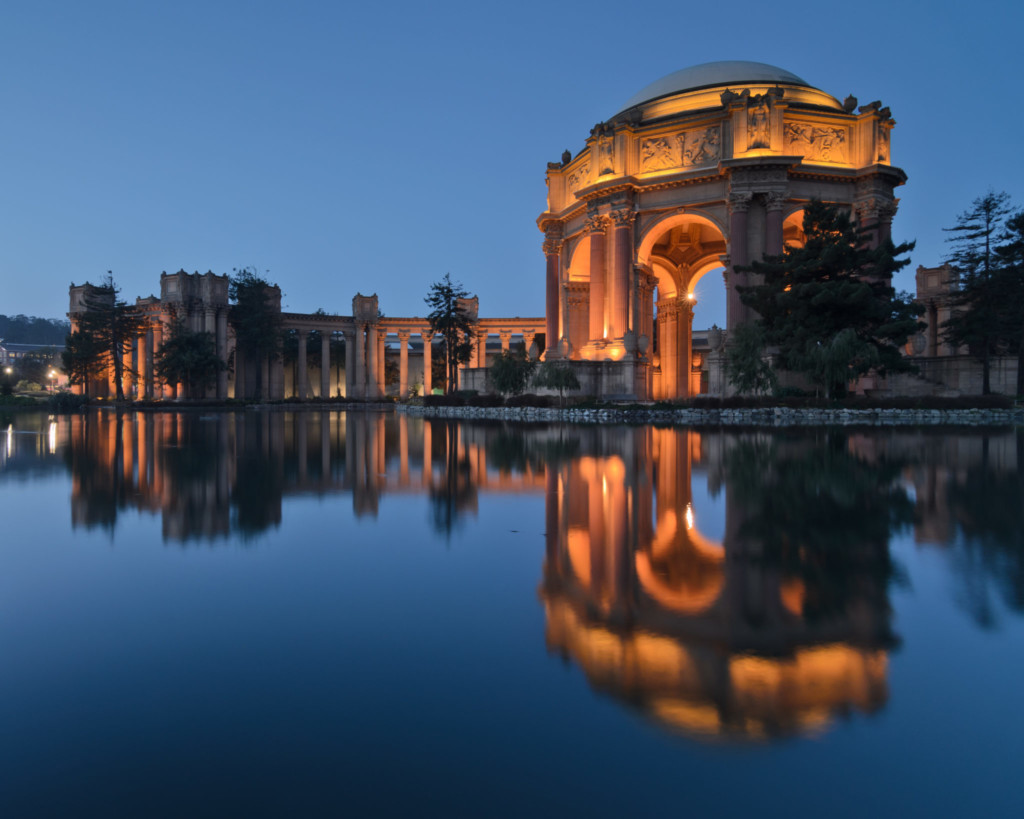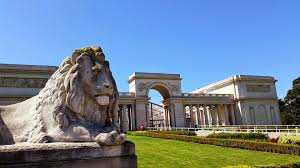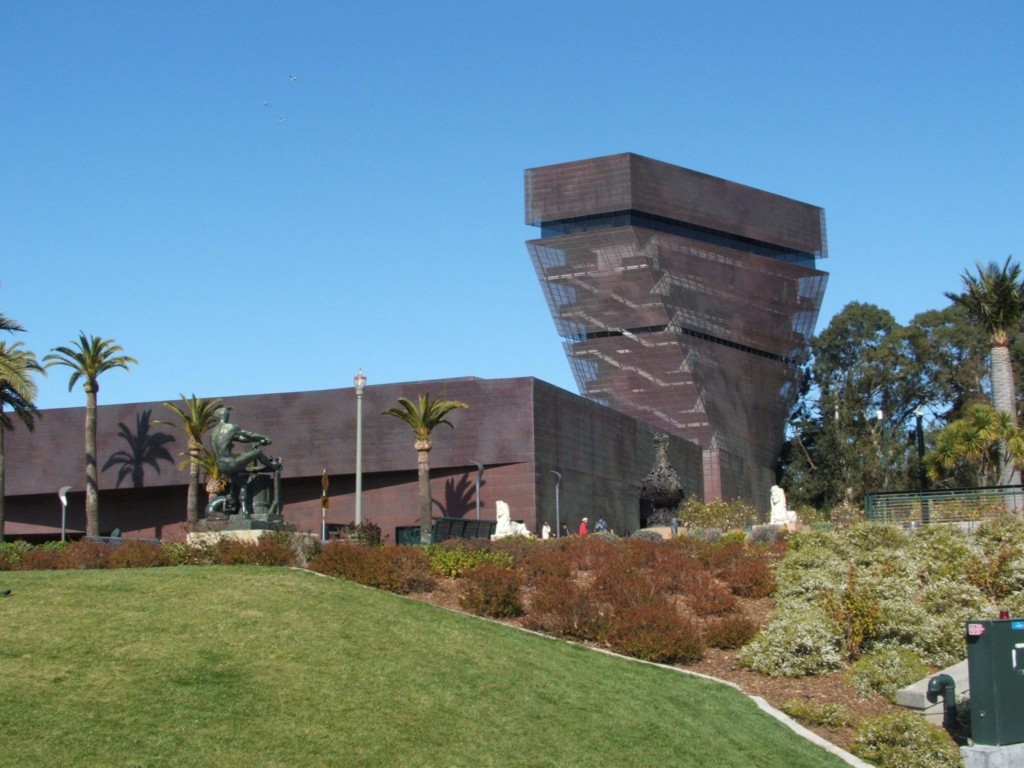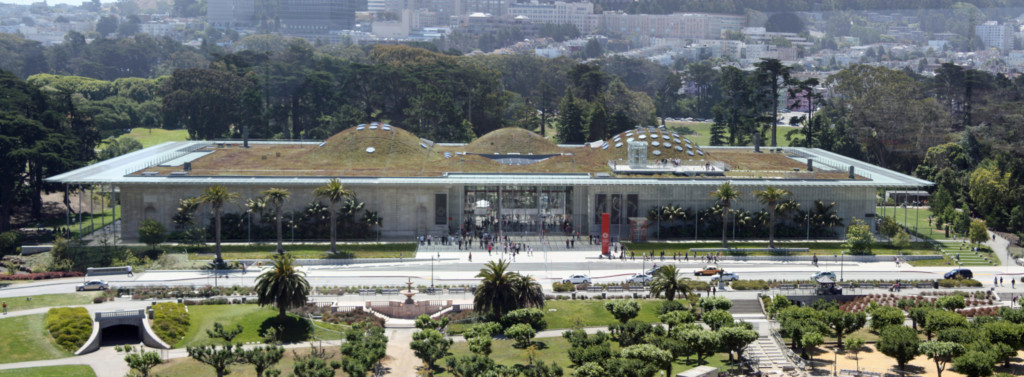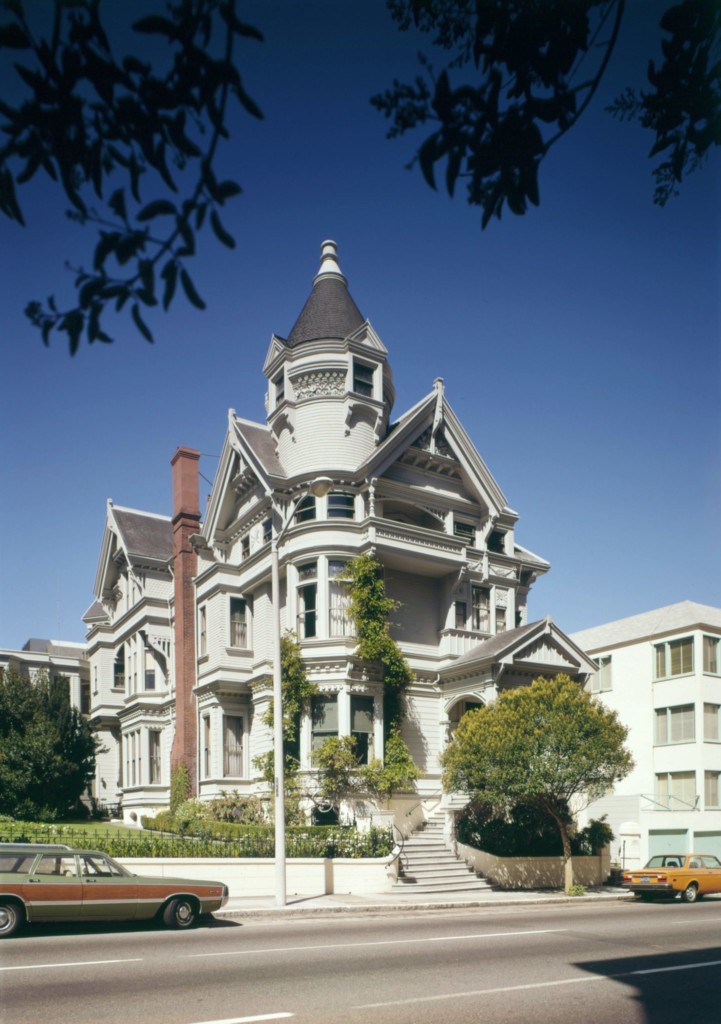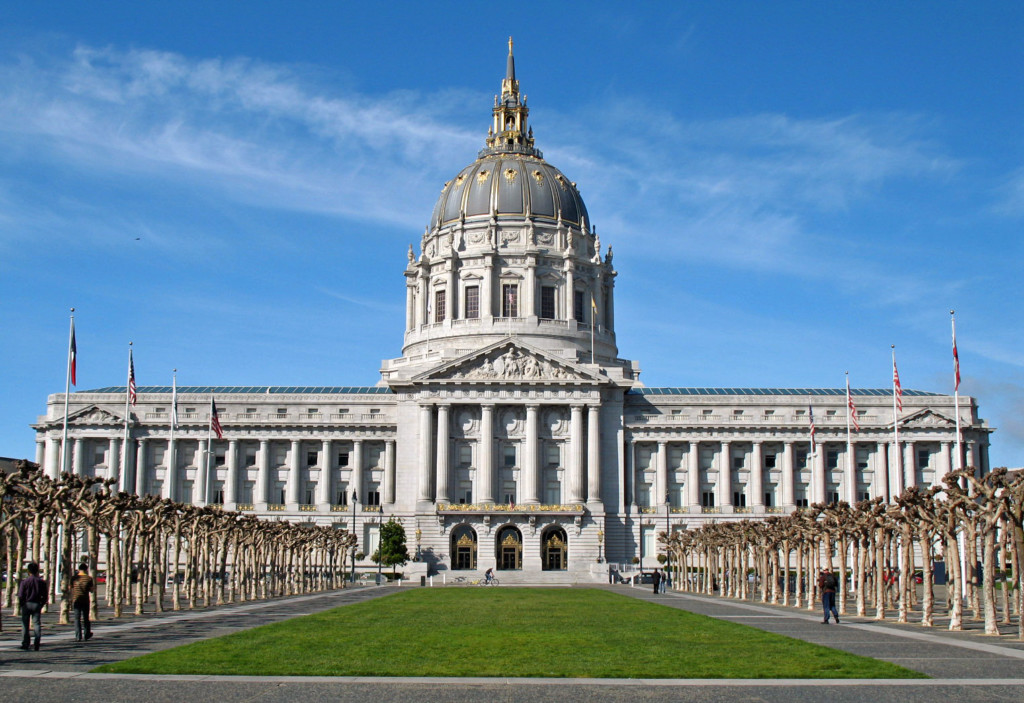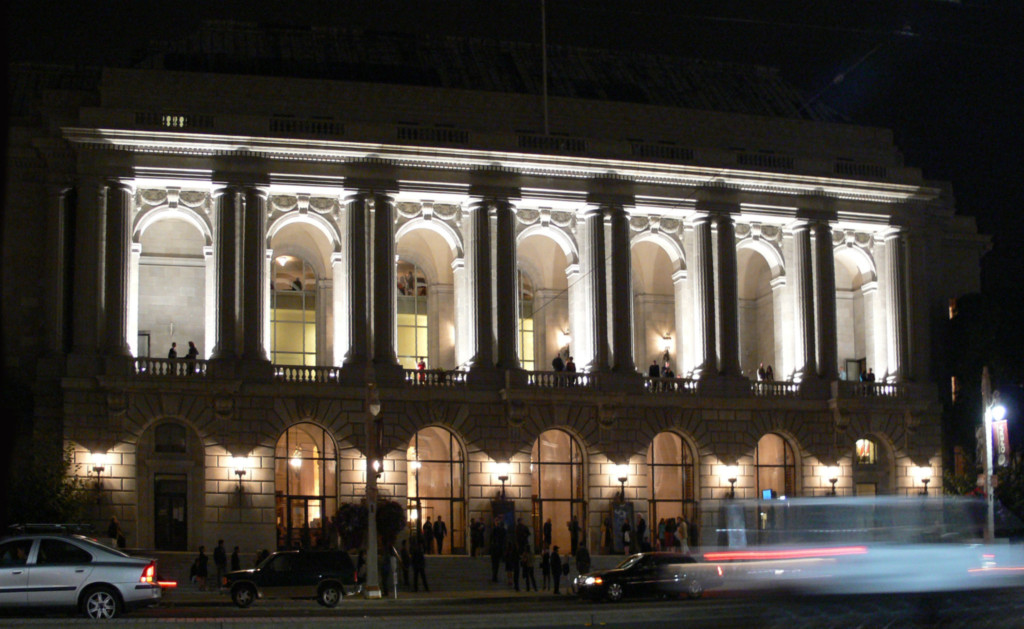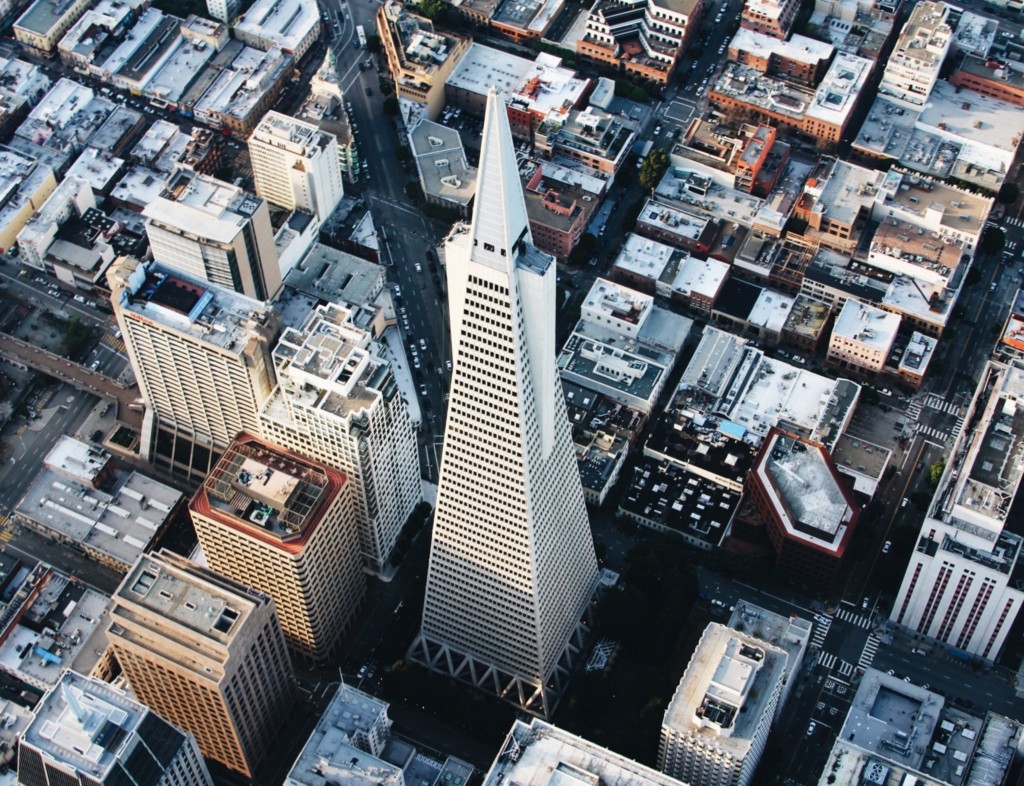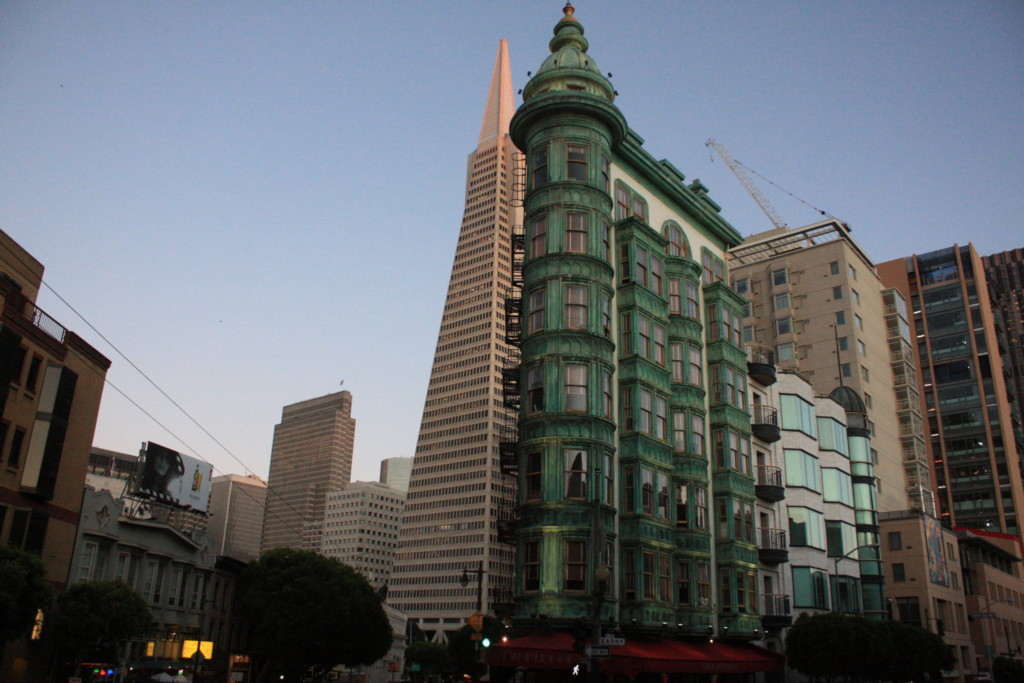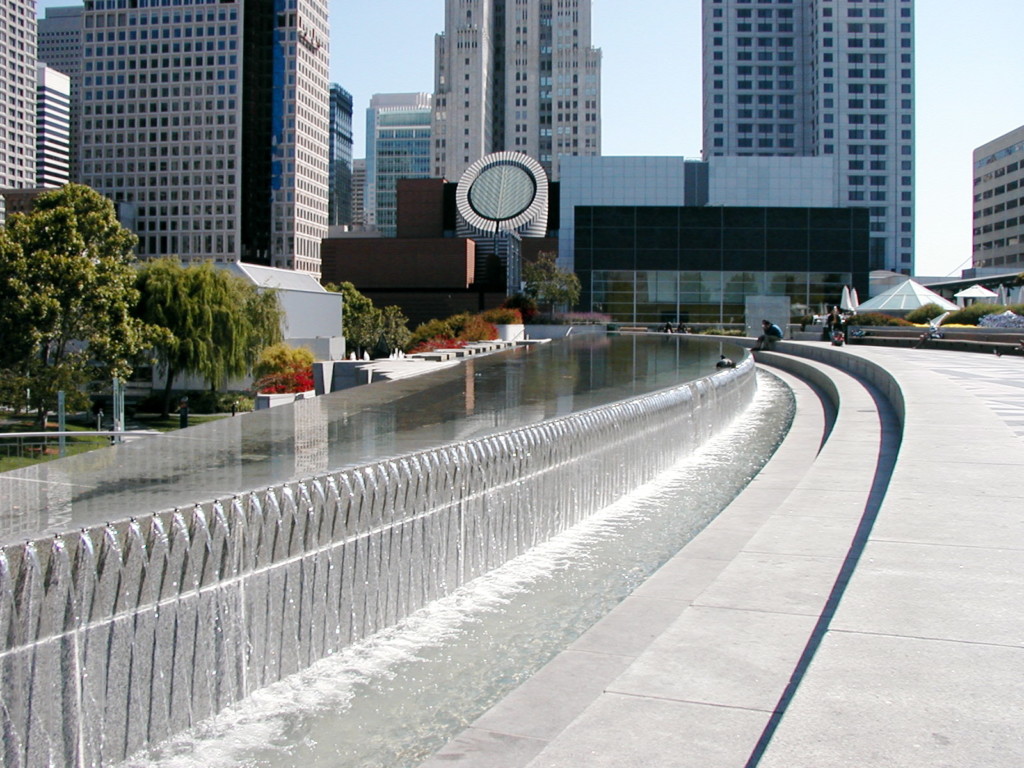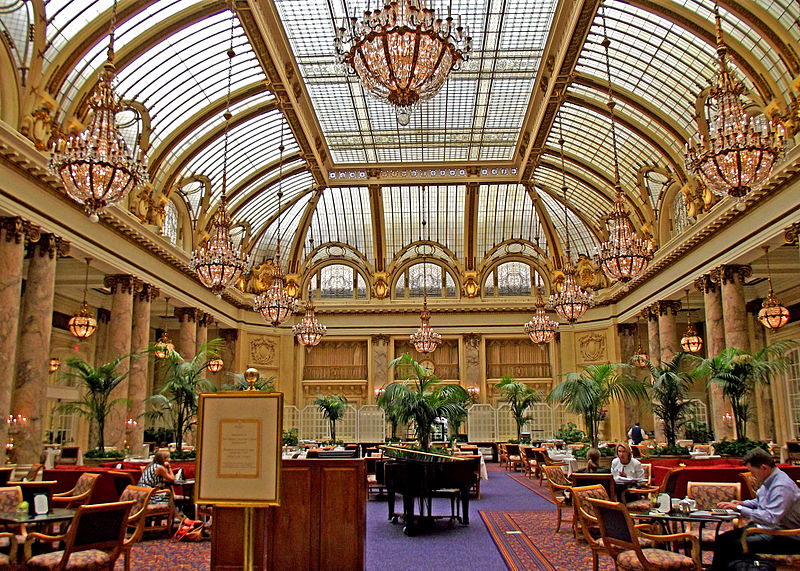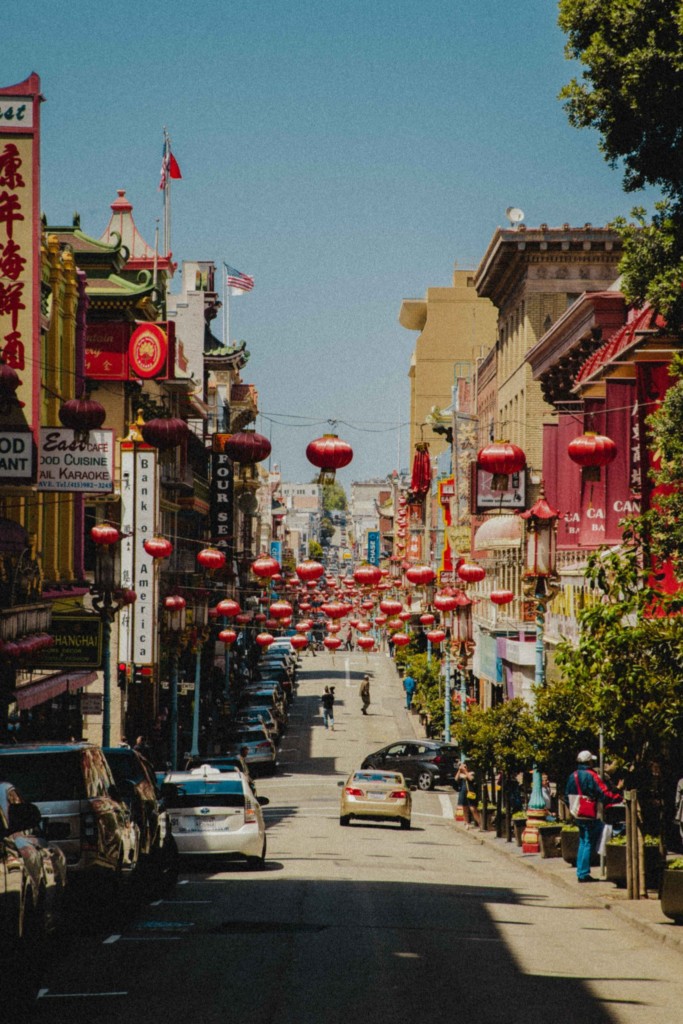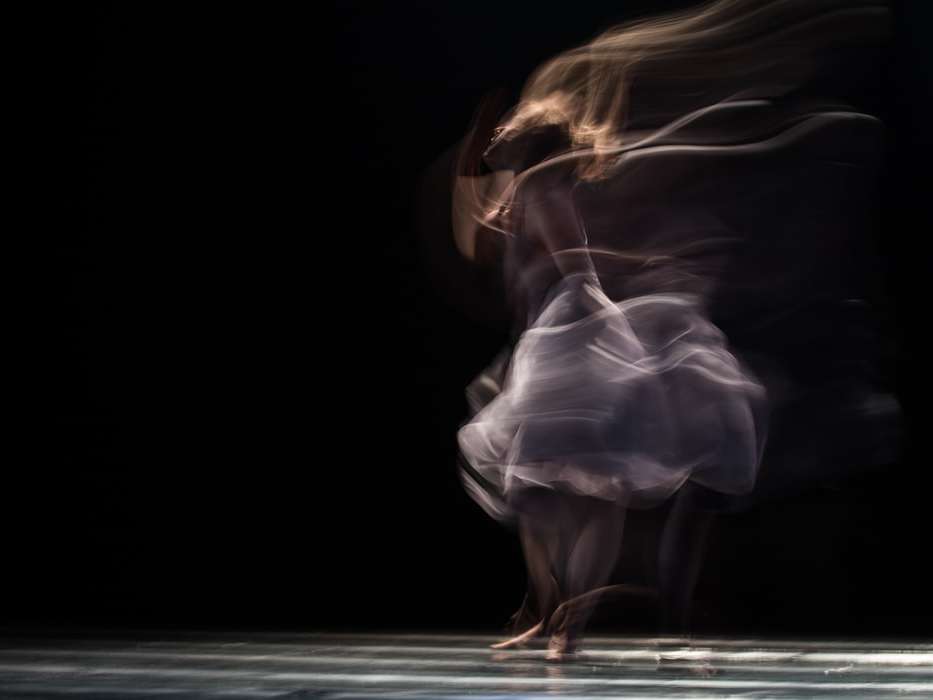Architecture School Inspo: Eye-Catching San Francisco Buildings
San Francisco, a city known for its rich, cultural history, but also for being an architectural wonderland. Here, Gilded Age landmarks contrast against ultra-modern tech headquarters. Locals and tourists alike find the blend of architecture styles one of the most enticing parts of San Francisco living. If you’re considering an architecture degree or just in town, you won’t want to miss these locations of interest.
Golden Gate Park
Fifth most-visited park in the US, Golden Gate Park is over 1,000 acres and 20% larger than Central Park in New York. The park is home to natural features like Hippie Hill and its unusual variety of trees as well as many architectural highlights:
Conservatory of Flowers
With a central dome almost 60 feet high, the Conservatory of Flowers was inspired by palm houses designed for tropical plants in Victorian Britain. It’s an architectural wonder in that the wooden construction seems simple yet the design’s shortcomings are overcome by master woodworking.
Palace of Fine Arts
Did you know that the Palace of Fine Arts is a pergola situated around a rotunda overlooking an artificial lagoon? Built during the Panama-Pacific International Exposition in 1915, the landmark was inspired by Greek and Roman buildings. You might also recognize it in movies like The Room and Vertigo.
Legion of Honor
A gift from Alma de Bretteville Spreckels, the museum is a three-quarter scale replica of the Hôtel de Salm in Paris. The architecture itself is also a model of the French Pavilion featured in the Panama-Pacific International Exposition. The iconic architectural landmark boasts a collection of Ancient European art from more than 6,000 years ago.
De Young Museum
Built before the 1906 earthquake then rebuilt, this fine arts museum re-opened in 2005 specially designed to withstand future earthquakes. The museum is easily recognizable due to the twisting 144-foot tower that is visible from many areas of the city. The exterior of the museum is covered entirely of copper, and will eventually oxidize to blend in with the tree.
California Academy of Sciences
One of the largest natural history museums in the world, the Academy of Sciences became the first society of its kind in the western US. Consistent with the California Academy’s focus on sustainability and environmental concern, The landmark has a 2.5-acre green roof made from recycled steel, and walls insulated with recycled denim.
The Painted Ladies
Alamo Square and Haight-Ashbury are home to several “painted ladies,” Victorian and Edwardian structures that have been repainted. During the Bohemian 1960s in Haight-Ashbury, many Victorian rowhouses were redone in blues, greens, and other bright colors. This colorist movement transformed the entire streets and made them the iconic landmarks they still are to this day.
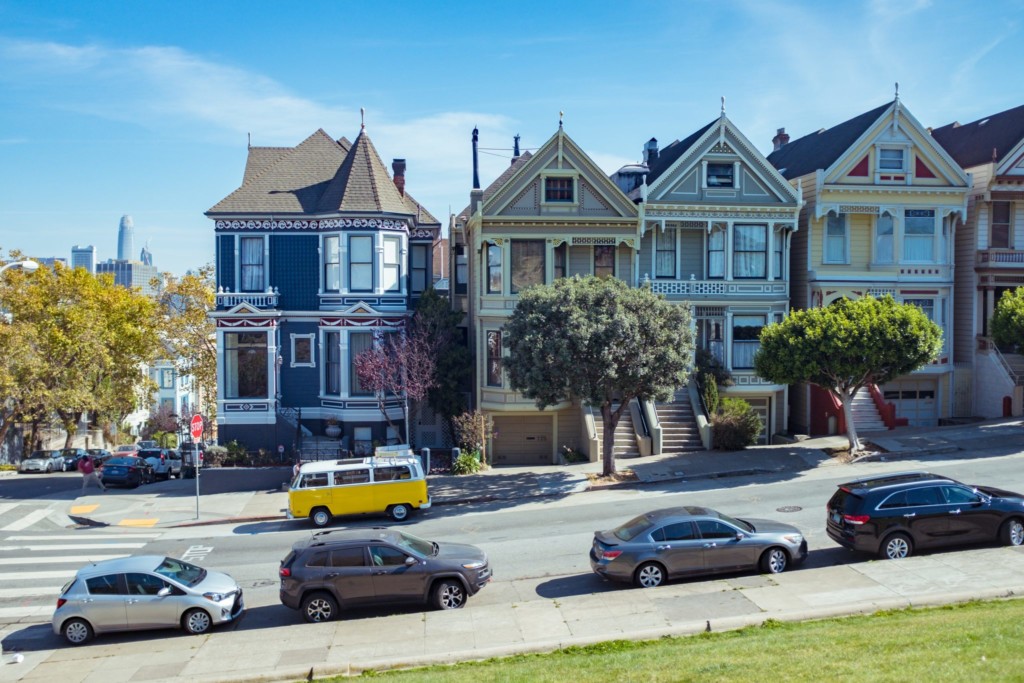
Haas-Lilienthal House
East of Pacific Heights, the Haas-Lilienthal House is the only original Victorian home open to the public as a museum. It’s notable for withstanding the 1906 earthquake with minimal damage. The architecture is of a Queen Anne style with stick details and living quarters over the garage added in 1928.
City Hall
City Hall is a Beaux-Arts monument from the City Beautiful movement that was ubiquitous to the American Renaissance. The dome rises over 300 feet and was inspired by the Baroque traits of the Val-de-Grâce Church in Paris.
War Memorial Opera House
Located behind City Hall on Van Ness, the War Memorial Opera House has similar Beaux-Arts structural style to City Hall. Yet, it also uses the Roman Doric order to serve as a memorial for World War I veterans. The Opera House was on trend among American opera houses to seat more than its European counterparts.
Transamerica Pyramid
This futurist landmark no longer houses Transamerica, but it remains an iconic part of the San Francisco skyline. It was the eighth-tallest building in the world at its completion and until the Salesforce Tower became the tallest building in the city. The Transamerica Pyramid is covered in crushed quartz and the two wings create more interior space at the upper levels.
Columbus Tower/Sentinel Building
The iconic copper-green Sentinel building at the intersection of Columbus Avenue, Kearny Street, and Jackson Street is another architectural masterpiece. Its recent resident, film studio American Zoetrope, has been occupying the space since 1972. The landmark is one of very few Flatiron buildings left in San Francisco.
Yerba Buena Center
Named after the original Mexican settlement that later became San Francisco, the Yerba Buena Arts Center is located in SOMA. It features an eclectic variety of above-ground bridges spanning the Moscone Center underneath the landmark. The center also has a glass exterior on Mission Street and an abstract dome facing the gardens.
Palace Hotel
A luxury hotel now owned by Marriott, the Palace Hotel was rebuilt from the original Palace Hotel erected in 1875. Reopened in 1909, the hotel’s Grand Court and ballrooms with high ceilings keep visitors constantly coming back.
Contemporary Jewish Museum of San Francisco
The Contemporary Jewish Museum was founded in what used to be the Jessie Street Substation for Pacific Gas & Electric. A deconstructivist cubical addition made of dark blue stainless steel provided contrast between the modern and original brick exterior.
Grant Avenue, Chinatown
Home to the Dragon Gate at Chinatown’s entrance, Grant Avenue is one of the oldest streets in the district. The landmark is an architectural masterpiece with Sing Fat and Sing Chong style mixed with Victorian style buildings. It is not only famous for its architecture, but also known to represent the longstanding Chinese heritage in the city.
Studying architecture with the eclectic backdrop of San Francisco can help you develop an eye for the finest designs. Be inspired and immersed by historic and modern landmarks as you learn skills to become an architectural professional. We can provide the skills necessary for you to achieve your dreams.



